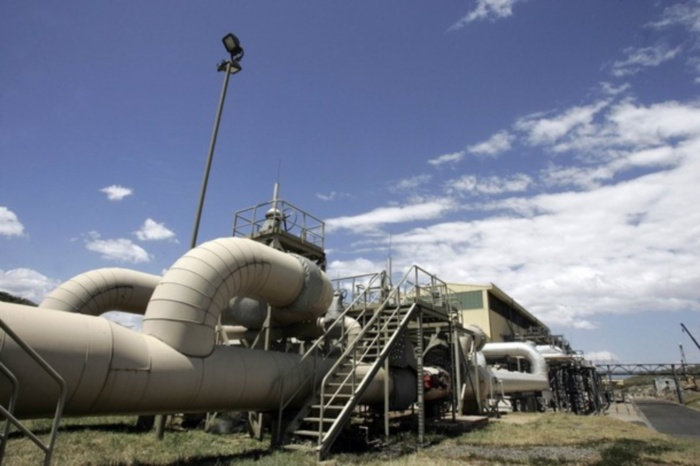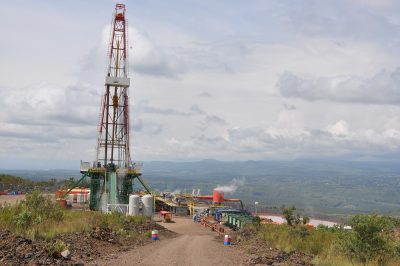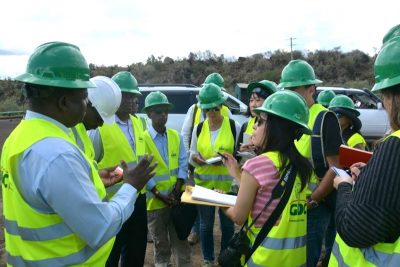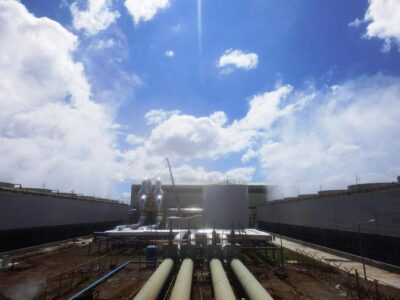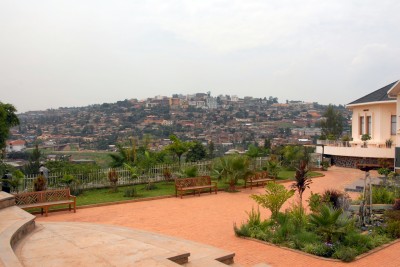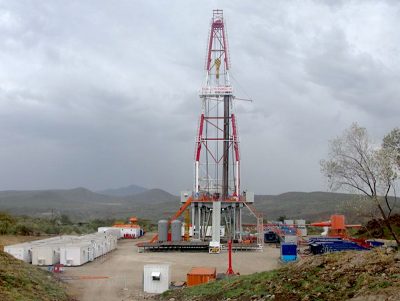Geothermal power saves Kenya $100m in diesel cost the past 3 months
KenGen has commissioned 280 MW of geothermal power recently, that are seen as the main diver behind the save in diesel costs. Kenya's Government plans to more than double power generation by 2017.
Geothermal power does not only benefit the environment but also aids to reduce costs and help countries such as Kenya to be more competitive by reducing the contry´s dependecy on diesel generated power.
According to local news, Kenya has saved about Sh9 billion ($100m USD) in three months since the Kenya Electricity Generating Company ( KenGen) added power to the national electricity grid.
The company commissioned 280 megawatts (MW) of geothermal power, with 140MW of this added to the grid in July, 70MW last month, and the final 70MW to be added this month. “This geothermal power displaces diesel, which saves the economy Sh100 million a day. Once we switch on the entire 280MW, Kenya will save Sh42 billion a year,” said KenGen Chairman Joshua Choge. In an interview with Weekend Business, he added that electricity consumers will begin to feel the effect of this drop in costs in December, “and you can take that to the bank”. Prices are expected to be 30 per cent lower by next month than they were in July. Already, power bills are showing a reduction in the fuel cost adjustment, with the price dropping 50 per cent in the last three months. In a notice appearing in sections of the media, the Energy Regulatory Commission (ERC) points out that a recent reduction in fuel cost charge is set to push down retail electricity tariffs.
As a result of this development, the ERC says electricity bills have declined steadily in the period between July-November 2014. This was driven by a reduction in the fuel cost charge from Sh7.22 per KWh in July to Sh3.47 in November, a decrease of 52 per cent. This reduction in fuel cost charge has been a consequence of additional geothermal power generation and sustained dispatch of hydro plants.
During this period, unit cost of electricity for domestic customers has decreased by 24 per cent, says the ERC update. “If the rains had been better in the major catchment areas where we have our hydro-power stations, the effect on costs would have been bigger. Fortunately, with geothermal power, we do not have concerns about drought or off seasons; it is reliable and long term. We are getting the steam from wells that are 3km deep,” said Mr Choge. To further boost the supply of green power into the national grid, KenGen recently added 10MW from wind mills in Ngong’ and 7MW from well heads, a technology used in geothermal generation, and this combined power has taken Kenya’s installed electricity capacity to more than 2,000MW.
As a result, it appears the Government’s plan to more than double power generation to 5,000MW by 2017 is on course. But with Kenya Power selling only ten per cent more units of electricity in the year to June than over a similar period the previous year, is there going to be sufficient demand for the additional power supply “We have started a serious campaign to create demand. We don’t see ourselves struggling to find customers. The instruction KenGen has is to lower the cost of power by 40 per cent by 2017. The moment we lower the cost of power, we will get the industries.
KenGen has also secured funding for new geothermal power plants. By March, the firm expects to break ground on Olkaria V, a $400 million (Sh35.9 billion), 140MW station that will be financed by the Japan International Cooperation Agency (JICA). The power generated should be on the grid within two years. “We also have Olkaria I, unit 6, which will generate 70MW. The funding for this will come from the savings we made from the 280MW Olkaria IV station, which had a budget of $1 billion (Sh89.7 billion); we were able to save $500 million (Sh44.8 billion). There is also the 140MW Olkaria VI, which is a public-private partnership project,” said Choge.
To read the full article, please follow the link below:
Source: Standard Digital
